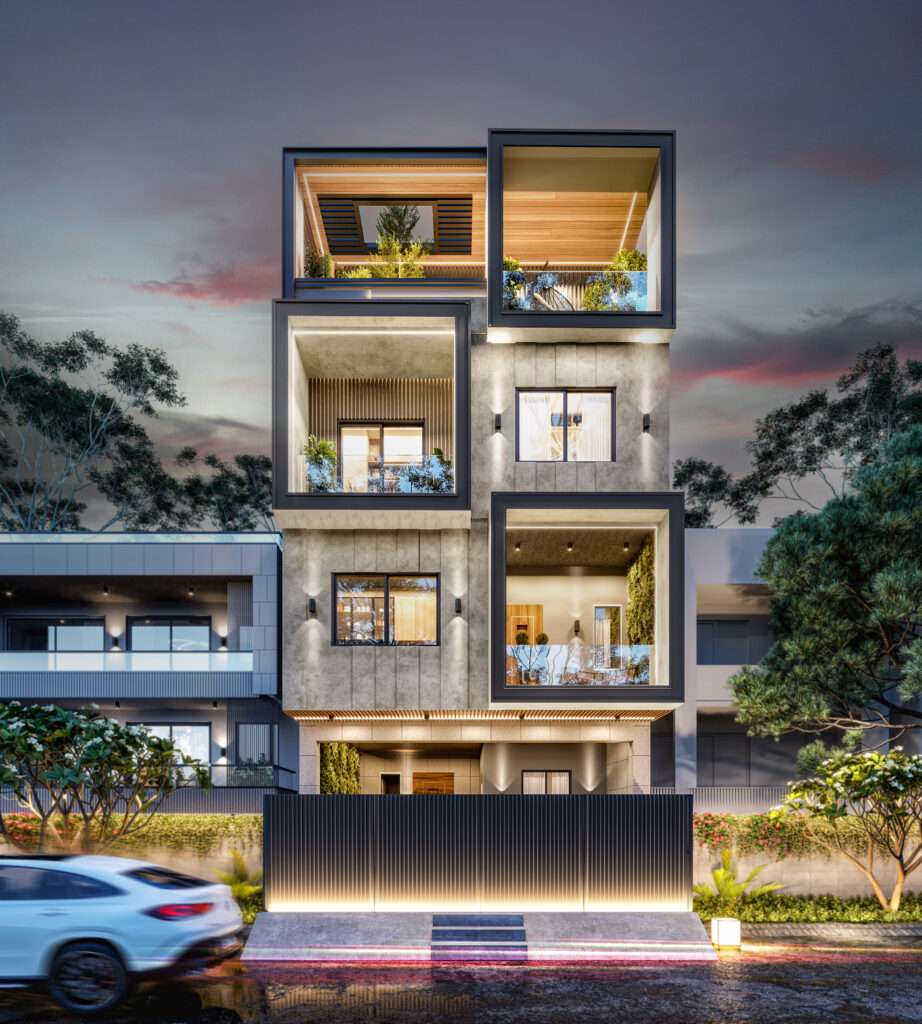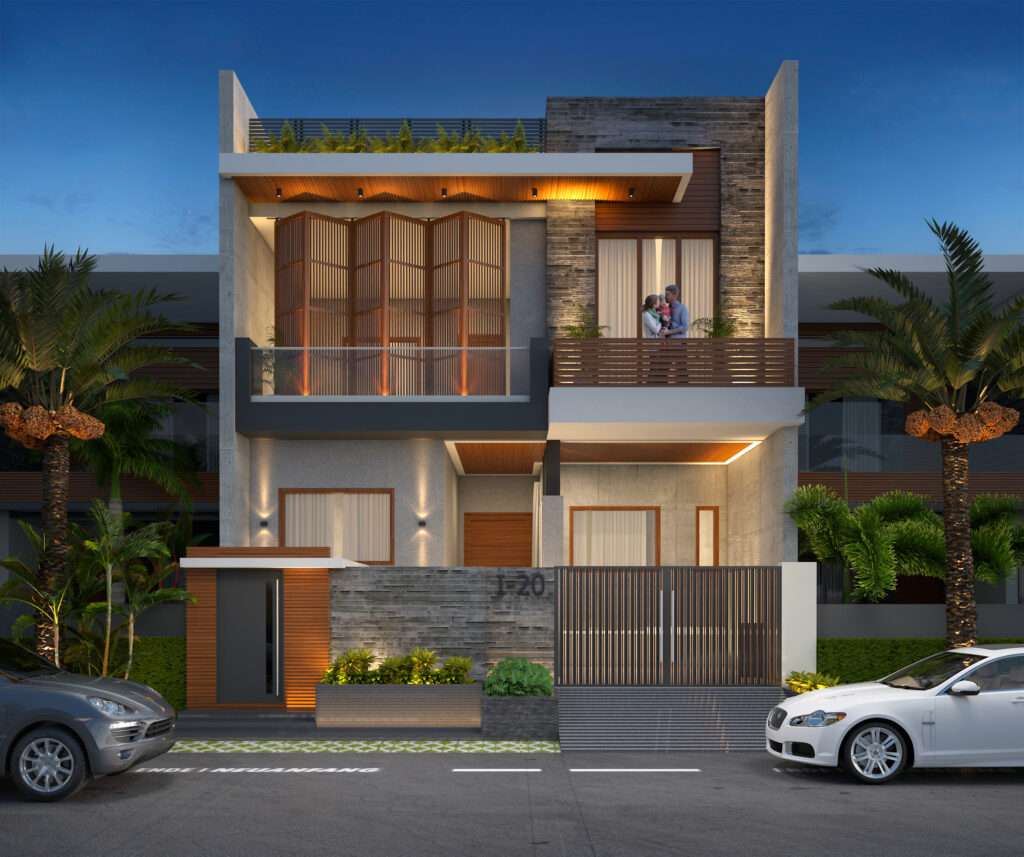
Modern Elevation






Introduction
In the realm of architecture, modern elevation design plays a crucial role in defining a building’s character, functionality, and overall aesthetic appeal. The advancement of engineering styles and innovations has brought about present day height plan, which exemplifies contemporary sensibilities and splits from customary shows.
This blog explores the fascinating world of modern elevation design, highlighting its key principles, trends, and the impact it has on our built environment.
The Essence Of Modern Elevation Design
The Modern Elevation tries to make an agreeable mix of structure, capability, and development. It draws motivation from different structural developments, like moderation, deconstructivism, and innovative plan, to give some examples.
The center standards of current height configuration rotate around effortlessness, clean lines, and the creative utilization of materials, while guaranteeing that the plan supplements the structure’s motivation and its environmental factors.
Components of Modern Elevation
a) Moderate Methodology : Present day rise configuration frequently embraces moderation, stressing effortlessness, clean lines, and cleaned up spaces. This approach eliminates exorbitant ornamentation and spotlights on fundamental plan components to make a feeling of quiet and equilibrium.
b) Imaginative Utilization of Materials : Current rise configuration investigates new materials and procedures to make extraordinary enhanced visualizations and surfaces. From glass veneers to economical materials like reused wood and metal, planners explore different avenues regarding different materials to accomplish striking feel while thinking about maintainability and natural effect.
c) Joining of Innovation : Present day rises embrace mechanical headways, integrating highlights like savvy glass, dynamic veneers, and versatile concealing frameworks. These components upgrade energy productivity, enhance normal lighting, and furnish inhabitants with more noteworthy command over their current circumstance.
d) Emphasis on Sustainability : Present day rise configuration consolidates economical practices by incorporating green components like vertical nurseries, sunlight based chargers, and water collecting frameworks. This approach decreases the structure’s natural impression as well as improves the general tasteful allure.
Influential Trends in Modern Elevation Design
a) Biophilic Plan : The joining of nature into building exteriors using living walls, green rooftops, and broad coating is a developing pattern. Biophilic configuration advances an association with the common habitat, helping the prosperity of inhabitants and adding a dash of class to current heights.
b) Dynamic Facades : Dynamic exteriors, made out of mobile parts or responsive materials, offer adaptability and flexibility to changing ecological circumstances. These veneers can change straightforwardness, protection, and concealing, adding to energy proficiency and making outwardly enrapturing heights.
c) Mixed-Use Develpoment : Present day height configuration frequently takes care of blended use advancements, where structures oblige various capabilities like business spaces, private units, and sporting facilities. Modelers center around making outwardly intriguing veneers that bring together assorted capabilities while keeping up with intelligence and tasteful allure.
d) Parametric Design : The utilization of parametric plan instruments empowers engineers to make unpredictable and complex rises with accuracy. By using calculations and computational methods, parametric plan considers the age of one of a kind structures, examples, and calculations, bringing about outwardly dazzling and basically upgraded heights.
The Future of Modern Elevation Design
As technology continues to advance, modern elevation design will push boundaries further, embracing innovations such as 3D-printed components, kinetic facades, and smart materials.
Additionally, the integration of sustainable practices and the adoption of eco friendly materials will become even more essential in creating sustainable and visually appealing elevations.
Conclusion
Modern elevation design has revolutionized the architectural landscape, captivating our senses with its sleek lines, innovative use of materials, and seamless integration of technology. By breaking away from traditional conventions, it offers a fresh perspective and endless possibilities for creating visually stunning and functional buildings.
As the world progresses, the future of modern elevation design promises to push the boundaries of imagination, creating iconic structures that will shape our urban environment for generations to come.